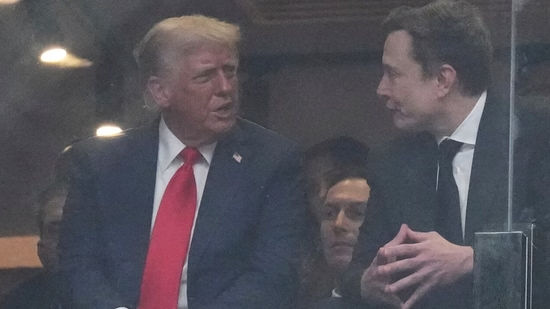The rivalry between the United States and China is intensifying — and 2025 could be the year this strategic competition reaches a new level. From tech dominance and trade conflicts to territorial tensions and shifting alliances, the world is watching closely. What’s at stake isn’t just regional influence, but the very architecture of the 21st-century global order.
The tech war between the two powers is escalating. At the heart of it lies the semiconductor industry — the foundation of all advanced technologies. The U.S. has tightened export controls on cutting-edge chips, blocking access to tools and hardware from companies like NVIDIA and ASML. In response, China is accelerating domestic chip production through companies like SMIC and Huawei. Global supply chains are feeling the pressure.
In artificial intelligence, both sides are racing to take the lead. The U.S. leads in innovation, with OpenAI, Google, and Microsoft pushing generative AI to new heights. Meanwhile, China’s tech giants — Baidu, Alibaba, and Tencent — are developing AI under close state supervision. The West is ahead in open innovation, but China dominates in surveillance tech and mass-scale implementation.
The race to 6G and satellite internet is also heating up. Elon Musk’s Starlink is already active worldwide, while China’s “Guowang” project is fast catching up. Both systems have military applications, raising concerns: in future conflicts, could rival nations simply turn off the internet from space?
On the economic front, the term of the decade is “de-risking.” Rather than completely decoupling, the U.S. and its allies are reducing their dependence on China in key sectors like rare earths, batteries, and pharmaceuticals. China, meanwhile, is dealing with its own internal challenges: a property market crisis echoing Evergrande’s collapse, rising youth unemployment exceeding 20%, and concerns about long-term growth.
The global balance is also shifting through blocs. China is expanding BRICS, inviting more countries into its orbit, and pushing for alternatives to the U.S. dollar — with gold and yuan-based trade gaining traction. The G7 remains strong, but the economic center of gravity is starting to shift.
Security tensions are never far from the surface. Taiwan remains the most dangerous flashpoint. Beijing’s ambition for “reunification” by 2030 has triggered serious discussions in Washington: would the U.S. go to war to defend the island? A full invasion seems unlikely in 2025, but a naval blockade is no longer a distant scenario.
The South China Sea remains another contested zone, where China continues building military bases on artificial islands. The U.S. and its allies continue freedom-of-navigation operations, keeping tensions high. Cyber warfare is also intensifying, with frequent attacks on critical infrastructure and growing fears about data privacy. In the U.S., a permanent ban on TikTok could finally arrive in 2025.
Diplomatically, both nations are seeking to expand their spheres of influence. The U.S. is strengthening ties with NATO allies, Japan, South Korea — and potentially India, which remains non-aligned but strategic. China, meanwhile, continues its “wolf warrior diplomacy,” investing in African and Latin American infrastructure projects and aligning more closely with Russia, despite its economic decline.
What does all this mean for 2025? Most experts agree: a direct military clash is unlikely, but economic and technological conflict will intensify. We’re seeing the emergence of two parallel tech ecosystems — one led by the U.S. and its allies, the other by China and its partners. Globalization as we knew it may never fully return.
Conclusion: A New Cold War for the 21st Century
This is more than a trade war or a diplomatic spat. It’s a system-wide competition — democracy versus autocracy, liberal capitalism versus state capitalism. The choices made in 2025 will help define who shapes the rules of the future — and whether that future is one of cooperation or conflict.




